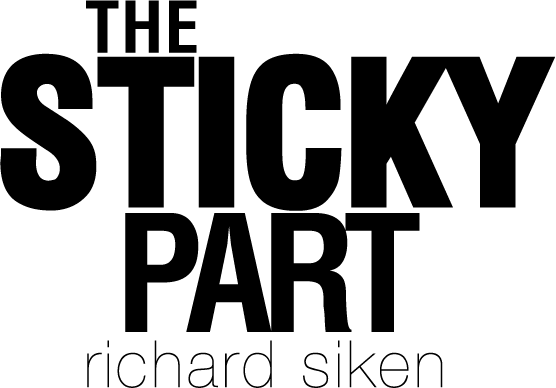
This is the middle.
Things have had time to get complicated,
messy, really. Nothing is simple anymore.
Cities have sprouted up along the rivers
teeming with people at cross-purposes—
a million schemes, a million wild looks.
Disappointment unshoulders his knapsack
here and pitches his ragged tent.
This is the sticky part where the plot congeals,
where the action suddenly reverses
or swerves off in an outrageous direction.
Here the narrator devotes a long paragraph
to why Miriam does not want Edward’s child.
Someone hides a letter under a pillow.
Here the aria rises to a pitch,
a song of betrayal, salted with revenge.
And the climbing party is stuck on a ledge
halfway up the mountain.
This is the bridge, the painful modulation.
This is the thick of things.
So much is crowded into the middle—
the guitars of Spain, piles of ripe avocados,
Russian uniforms, noisy parties,
lakeside kisses, arguments heard through a wall—
too much to name, too much to think about.—Billy Collins, Aristotle
into the middle of things”—is a technique where the narrative starts in the middle of the story instead of from its beginning. The characters, setting, and conflict are often introduced through a series of flashbacks or through characters telling each other stories. Narrative is not always told in sequential order. Narrative is not always complete, not always
and stories within stories—where one character tells another—can complicate a narrative since the character(s) doing the telling may be under-informed, unreliable, or outright lying. Shakespeare’s Hamlet has a play within a play—embedded, nested, framed—inside the larger
simple shift in point-of-view can change the tone, clarity, and scope of a narrative. The poet Dean Young, in his poem My Life Among the Insects, says Sure, there was blood but / there were rags for wiping up the blood. Blood is terrible, we think to ourselves. But having rags makes the blood bearable. Everything depends on, everything changes with, the end of the sentence. On the human scale, everything’s a catastrophe. On a larger scale it’s not. Problem is, we live on the human scale, in bodies, framed
succession, which has some other tricks to offer. There’s order (beginning first, middle second, or however you want to scramble them) and there’s also connection. The parts can accumulate like paintings and photographs (a series of moments) or like a movie (continuous motion) or any way you can imagine. They can proceed with similar elements or they can shock and delight with strange juxtapositions. This is not as confusing as it may seem. In fact, each “complicating” frame slowly teaches us how to approach the story and gleen information we may have missed without
as well as omission, concealment. For all its “telling,” there’s plenty of information withheld or refused. There’s a duality between the told and untold, between seeing and blindness. What has been left out and why? To what ends? How
or just the middle, frameless, without context, without proper introduction, as if overheard and suddenly interrupted by
frames in the story and frames around the story. Similarly, it is not enough to have a book—there must be a reader, a chair, a lamp—